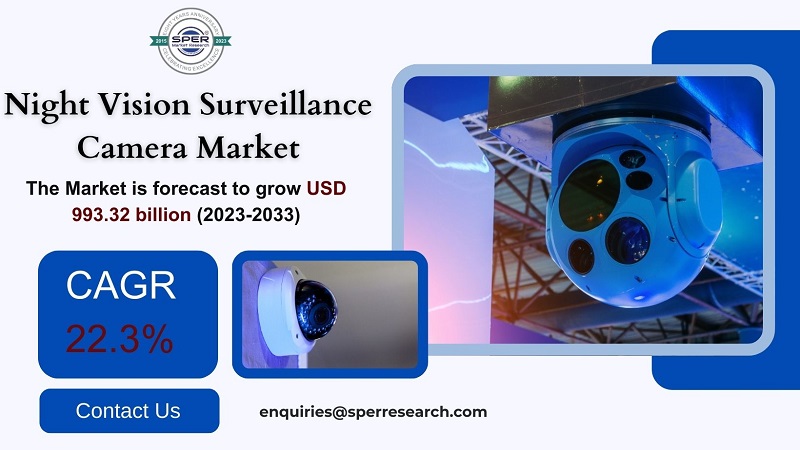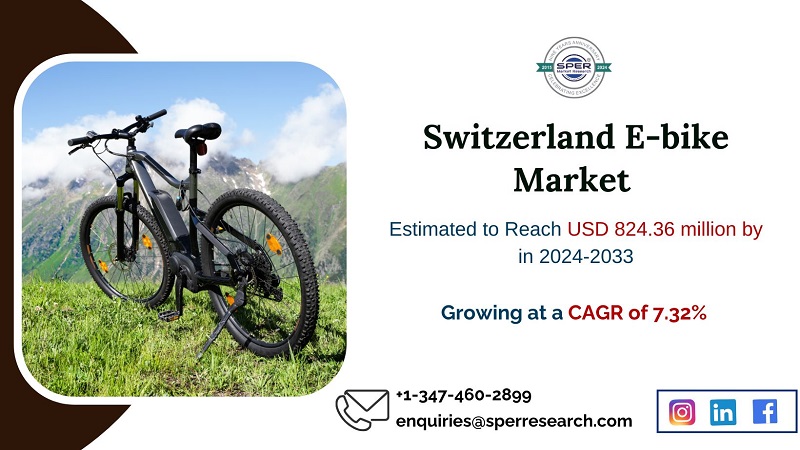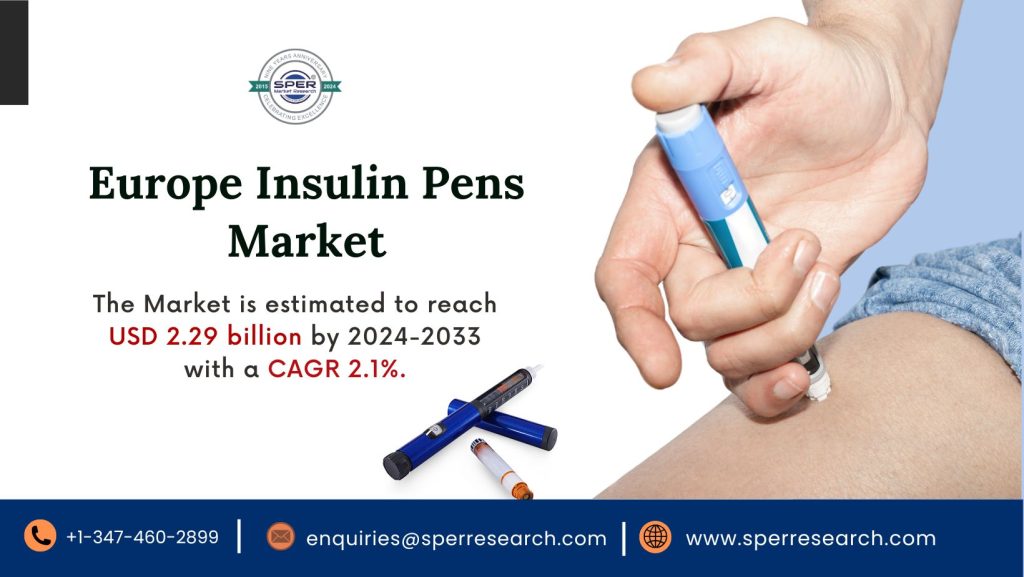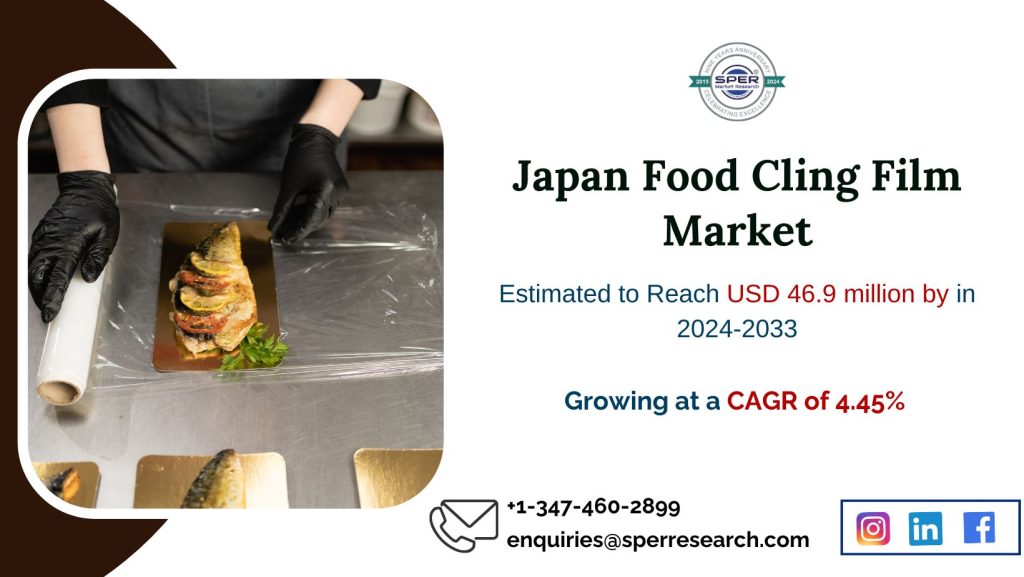In addition to being an oxidant and disinfectant, hydrogen peroxide’s strong bleaching properties allow it to be used largely for bleaching paper. Hydrogen peroxide is commonly used in bleaching procedures in the pulp and paper industries. This increases the pulp’s resilience and brightness, enabling it to be used in a variety of products, including magazines, tissue, paper towels, and display boards. In the cotton textile business, hydrogen peroxide is used to extract quality cotton for use in textiles and more quickly remove impurities. Hospitals and other healthcare facilities also utilize hydrogen peroxide to disinfect their surfaces and equipment.
According to SPER Market Research, ‘Europe Hydrogen Peroxide Market Size- By Product Function, By End User Industry- Regional Outlook, Competitive Strategies and Segment Forecast to 2033’ states that the Europe Hydrogen Peroxide Market is estimated to reach USD 1122.06 million by 2033 with a CAGR of 4.5%.
Strict environmental regulations that prohibit bleaches containing chlorine are driving growth in the hydrogen peroxide market in Europe. Due to its low emissions and environmental friendliness, hydrogen peroxide is in high demand in the European market. This inexpensive chemical is used to purify water and recycle paper. It can be used in a range of industrial, commercial, and residential contexts. For instance, it is used as an antiseptic in hospitals, as a disinfectant in cleaning products and water purification systems, and to bleach textiles and paper. The pulp and paper industries utilize it for recycling and bleaching. In the medical field, hydrogen peroxide is used as a disinfectant and antiseptic. Wounds, cuts, and burns are commonly cleaned with to prevent infections.
Hydrogen peroxide is thought to be carcinogenic and potentially hazardous to human health. It can cause severe burns, blisters, and skin discoloration if it gets in your eyes. It may cause irreversible vision loss if it penetrates beneath the skin. It needs to be handled carefully. Strict controls have been put in place as a result of these hazards. The authorities issued a warning on the use of highly concentrated hydrogen peroxide for therapeutic purposes. Hydrogen peroxide’s potent oxidizing qualities can be detrimental to the respiratory system, skin, and eyes. It may also cause skin irritation and bleach hair. It must be handled and stored carefully to avoid health problems because it reacts with some substances.
Request for Free Sample Report @ https://www.sperresearch.com/report-store/europe-hydrogen-peroxide-market.aspx?sample=1
Numerous industries, including paper, chemical synthesis, food processing, textiles, wastewater treatment, and electronics semiconductors, have seen a decline in their need for hydrogen peroxide as a result of the COVID-19 pandemic. The amount of hydrogen peroxide used in bleaching and oxidizing processes dropped as a result of the pandemic prompting many enterprises to temporarily stop operations. The manufacturing process and supply chain were disrupted by the lockdown of the entire continent. As a result, the hydrogen peroxide market in Europe grew more slowly.
Germany followed by France holds the highest share in the Europe Hydrogen Peroxide Market. Due to their high consumption and production of Hydrogen Peroxide. Akzo Nobel N.V., Arkema, BASF SE, Chang Chun Group, Evonik Industries AG, FMC Corporation, Kemira, Nouryon, Nuberg, Solvay, Others.
Europe Hydrogen Peroxide Market Segmentation
By Product Function: Based on the Product Function, Europe Hydrogen Peroxide Market is segmented as; Antiseptic, Bleaching, Dishwasher, Disinfectant, Oxidant, Vegetable Wash, and Other Product Functions.
By End User Industry: Based on the End User Industry, Europe Hydrogen Peroxide Market is segmented as; Chemical Synthesis, Cosmetics and Healthcare, Electronics, Food and Beverage, Mining, Packaging, Pulp and Paper, Textiles, Wastewater Treatment, Other End-user Industries.
By Region: This research also includes data for France, Germany, Italy, United Kingdom and rest of Europe.
Related Reports:
Follow Us –
LinkedIn | Instagram | Facebook | Twitter
Contact Us:
Sara Lopes, Business Consultant – U.S.A.
+1-347-460-2899









